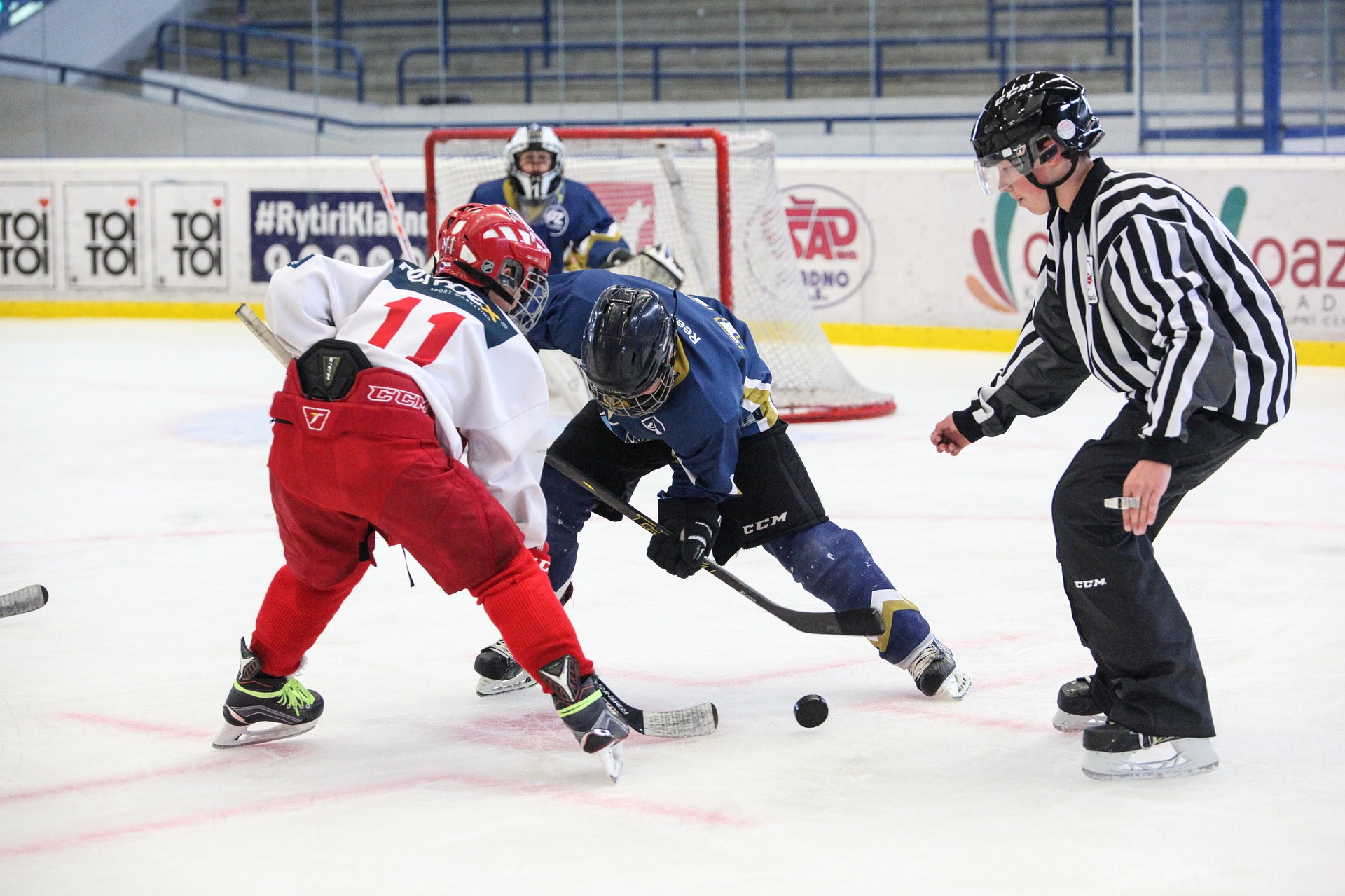

Eliason PH, Hagel BE, Palacios-Derflingher L, Warriyar V, Bonfield S, Black AM, Mrazik M, Lebrun C, Emery CA. CMAJ. Jun 20, 2022;194(24):E834-E842. doi: 10.1503/cmaj.211718.
Full text freely available
More experience with body checking was not associated with a decrease in the number of concussions or injuries in 15- to 7-year-old ice hockey players.
Although body checking in ice hockey can lead to an increased risk of injury and health care costs, arguments remain that increasing a hockey player’s experience with body checking could protect him from injury.
Eliason and colleagues completed a prospective cohort study to determine the association between body checking experience and rates of concussions and injuries in ice hockey players between 15 and 17 years old.
The researchers invited players from ice hockey leagues in three regions in Alberta, Canada, making body checks possible. All participants completed a baseline questionnaire before the season, which the authors used to estimate the number of years of body checking experience. Designated team members (e.g., manager) recorded each match as an exposure, an injury resulting in more than 7 days lost to hockey, and a concussion as defined in the Consensus Statement on Concussion in Sport.
A total of 186 teams (941 players with 1,168 player seasons) participated. Players with three or more years of bodychecking experience tended to sustain new injuries and concussions more than 2.5 times as often as players with two or fewer years of experience.
Interestingly, having more experience was not associated with fewer injuries. These findings support the theory that more experience with body checking is not protective. Therefore, these findings support rule changes regarding the removal of body checks in youth ice hockey. It will be useful to see if these findings can be replicated in other age groups and populations. In the meantime, doctors, parents and players can use this data to advocate for rule changes to reduce body checks.
Clinicians and stakeholders should advocate for fewer body checks to reduce injuries.
What experiences have you had with rules that limit contact in sports? What implementation barriers have you encountered?
Written by: Kyle Harris
Review by: Jeffrey Driban
Less body control may protect adolescent ice hockey players
Abolishing controls can have positive financial consequences
Cut out the dangerous checking… Check.
As a physical therapist with over 30 years of experience, I've helped countless patients identify…
Rheumatoid arthritis (RA) is a chronic autoimmune disease that follows a progressive course, typically worsening…
Discover how to alleviate Knee pain when vacuuming on carpet with our expert tips and…
Discover the best foam padding for carpet knee pain. We review top products to help…
We're analyzing Carpet vs. hard floor knee pressure to help you decide which flooring is…
Discover how Knee bursitis and carpet surfaces are connected in our Ultimate Guide. Learn the…